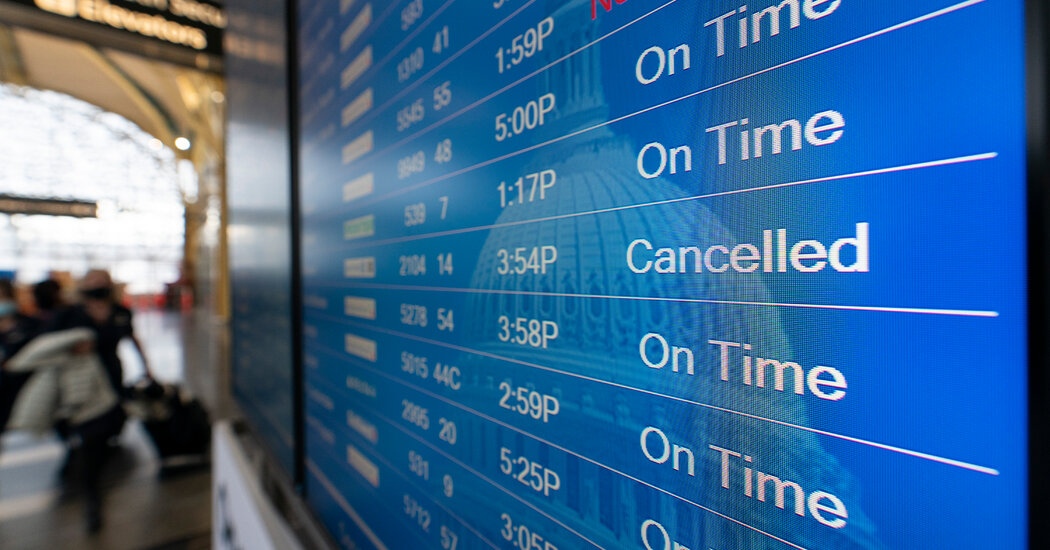The new year is here and has brought the Omicron-driven virus wave along with it.
More than 3.5 million people worldwide died from the coronavirus in 2021, almost twice as many as in 2020. The Delta variant wreaked havoc around the world, and now the Omicron variant, which has already become dominant in the United States, is fueling a spike in cases.
Omicron has spread to more than 100 countries after it was first identified in Botswana and South Africa in late November, infecting previously vaccinated people as well as those who have previously been infected. But South African officials say their country has now crested its Omicron wave, and new cases are falling, all without a major increase in deaths — offering hope that, while other countries may see similar weeks of intensity, they may also see drop-offs and fewer deaths than in previous waves.
For the United States, the coming weeks look difficult. “We’ll be in for a tough January, as cases will keep going up and peak, and then fall fast,” said Ali Mokdad, a University of Washington epidemiologist who is a former Centers for Disease Control and Prevention scientist.
While virus cases will still overwhelm hospitals, he said, he expects that the proportion of cases resulting in hospitalization will be lower than in earlier waves. Studies in animals suggest that Omicron does not invade the lungs as readily, which may help explain its generally lessened severity.
New estimates from researchers at Columbia University suggest that the United States could peak by Jan. 9 at around 2.5 million cases per week, though that number may go as high as 5.4 million. In New York City, the first U.S. metropolis to see a major surge, the researchers estimated that cases would peak by the first week of the new year.
“It’s shocking. It’s disturbing,” said Jeffrey Shaman, an epidemiologist who led the Columbia modeling work. “We’re seeing unprecedented numbers of Covid-19 cases.”
At the same time, Dr. Shaman said, there is a possibility that as cases fall in areas now experiencing major Omicron surges, other areas currently less affected will see their own Omicron surges, leading to a more rounded case curve nationally. The country’s hottest spots now are mostly clustered in the eastern half of the country.
The United States set a single-day record with 489,000 cases on Wednesday, and then broke the record again on Thursday when it tallied 582,000 cases, according to a New York Times database.
The number of new cases fell from those record numbers on Friday, when many states did not report data on New Year’s Eve. But the tally was still exceptionally high, with 443,000 new cases in just 28 states.
Even the staggering numbers from the past several days are undercounts, as the holiday season causes major distortions in testing and data reporting. The growing use of at-home tests makes the accounting even more questionable.
Genome sequencing shows that Omicron has exponential growth because some of its dozens of mutations appear to speed up transmission. But new studies, including one that surveyed one million coronavirus patients in England, support research that shows that two doses of vaccines are offering significant protection against severe disease, even though Omicron has been consistently better at evading vaccines.
Doctors are urging anyone who is unvaccinated to get their first vaccine dose as soon as possible, and anyone who is inoculated to get a booster shot.
“We are all tired and ready for this to be over,” said Dr. Brian Garibaldi, clinical lead of the Johns Hopkins Coronavirus Resource Center. “But we still have a lot of work to do and a long way to go.”
Sarah Cahalan contributed reporting.
